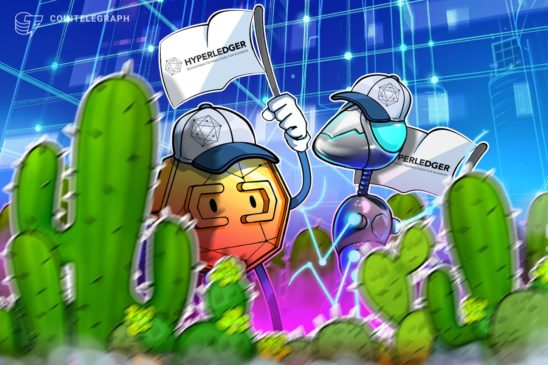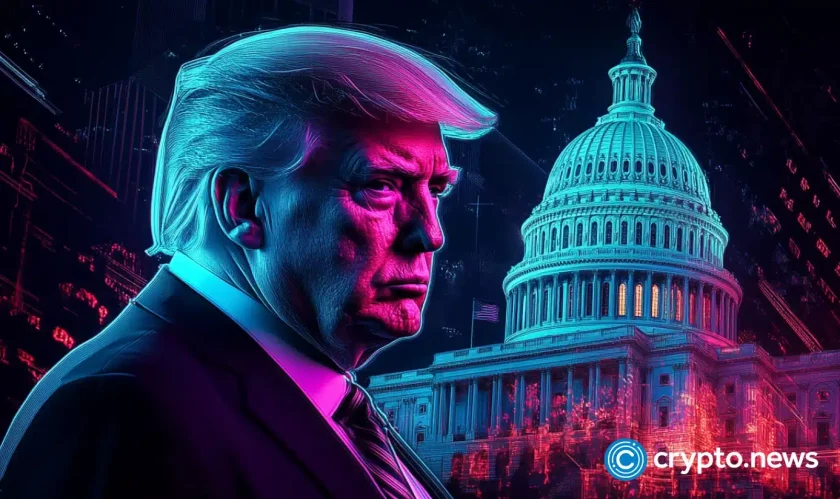While interoperability continues to pose serious challenges for enterprises leveraging blockchain networks, companies may be one step closer to breaking down these barriers.
An open-source project initiated by Fortune 500 company Accenture and Fujitsu joined Hyperledger’s Greenhouse on May 13, 2020. The project, formerly known as the “Blockchain Integration Framework,” spent six months in development in the Hyperledger Lab before joining the Hyperledger Greenhouse as the 16th technology code base. Upon joining the Greenhouse, the project was renamed “Hyperledger Cactus” and now sits alongside notable projects including Hyperledger Fabric and Hyperledger Sawtooth.
The director of blockchain technology at Accenture, Michael Klein, told Cointelegraph that Hyperledger Cactus is an open-source software development kit designed to connect distributed ledger technologies through a plugin:
“Hyperledger Cactus serves as an option for enterprises wanting to connect any DLT to other DLTs through a plugin. Cactus can be used on any permissioned DLT network where you have known identities or validators in an interoperability framework.”
Klein noted that Hyperledger Cactus can be executed on Hyperledger Besu, which runs on the public Ethereum blockchain, along with Hyperledger Fabric, R3’s Corda and Quorum (Ethereum-based).
Why is interoperability important?
The executive director of Hyperledger, Brian Behlendorf, told Cointelegraph that there are two layers of interoperability. He explained that the first relates to interoperability within a given blockchain network, noting that everyone on the IBM Food Trust Network, or the Trust Your Supplier network, or other similar networks powered by Hyperledger Fabric, can exchange information efficiently and correctly:
“This is where ensuring everyone is using the same software (e.g., Hyperledger Fabric, or Hyperledger Besu) is the most important piece, as well as setting up a governance structure for the participants on that network to coordinate additional technical, policy and legal issues.”
Secondly, Behlendorf mentioned that interoperability between networks is important, explaining that this is where Hyperledger Cactus operates, as the project works to build bridges between networks even if they are of different protocols (i.e., between Fabric and Quorum), adding: “This means that as a company, an organization can conduct a transaction that spans two networks or reliably and trustfully send data from one network to another.”
A recent article from Cointelegraph Consulting highlights the benefits and challenges associated with creating interoperable blockchain ledgers. Once achieved, these networks can be used for cross-industry scenarios, rather than applied within a single industry.
The article notes that companies like IBM, Oracle and SAP have shown a commitment to solving interoperability issues to drive mainstream adoption of blockchain solutions. However, this is easier said than done. In addition to the technological challenges, which Cactus aims to solve, there are still concerns around governance and network participation.
It’s important to point out that Hyperledger Cactus is a technology solution that was not designed to solve governance problems or the understanding of how network participants should share data. Klein explained:
“This is a technology solution that still requires a human element to ensure success. The idea is that it uses a federated interoperability approach, meaning you can have multiple parties on a DLT network, while an opposing network confirms transactions. Trust is not placed in one organization, governance is still needed.”
Moreover, while Hyperledger Cactus exhibits great potential, Klein noted that the project does not solve interoperability challenges for all blockchain and DLT networks. He explained that this is simply another solution that enterprises can leverage but that there are other options available.
For example, the Fabric Interoperability Workgroup is being leveraged by networks hoping to achieve interoperability across Hyperledger Fabric systems. The goal of this working group is to ensure Fabric services provided by different vendors can work with each other by responding to Fabric blockchain transaction requests and performing various operations, like seamlessly creating and joining channels.
The importance of community and open source
While the recent hype around blockchain technology may make it seem like interoperability is a new challenge, it has always been an issue for enterprises leveraging blockchain solutions. As such, Klein noted that Accenture began working on solving these challenges a while back, saying:
“In early 2018, we began focusing on solving a space of interoperability that we didn’t already see in the market, which is the exchange of custom assets and information between various DLT ledgers. We understood early on that as organizations start to embrace blockchain and DLTs, there would be barriers between sharing data and picking the right platforms to execute projects on.”
In order to alleviate interoperability concerns facing enterprises, Accenture created a trusted “interoperability node” solution to sit in-between DLT systems. A protocol such as this would work to control all capabilities within connected DLT networks.
After receiving patents for various approaches to interoperability, Klein mentioned that Accenture decided to open source their code bases to make these solutions publicly available for enterprises to use. As such, the firm joined Hyperledger Labs in 2019 to raise awareness around their interoperability projects.
Klein further noted that Accenture connected with Fujitsu through Hyperledger Labs, explaining that the Japanese information and technology company shared a similar approach and solution to interoperability challenges. He added:
“We met Fujuistu through Hyperledger Labs and began working on Cactus for about six months. The future vision of the project is now focused on making it production ready for enterprise clients to use.”
According to Behlendorf, Hyperledger Labs is a place where new code bases, like Cactus, are placed to help recruit developers, look for alliances, and to ensure that the legal provenance of codes is established. Behldendorf added that some Labs — not all — are promoted to official projects at Hyperledger, saying:
“Most Labs don’t get that far, but it was always the intent for Cactus, which was previously called the Blockchain Integration Framework, to head in that direction, and germinating in Labs was a way to help other Hyperledger community members to get to know about it before it was proposed to become a full project.”
In addition to relationship building, Hyperledger Labs values open-source frameworks, which Klein mentioned has been a big element for Accenture in terms of allowing companies to come together around shared data constructs: “Blockchain is about unlocking value between organizations and ecosystems, and open source is a great way to make technology available to an entire community.”




